Don't hesitate to send a message
Web Menu
Product Search
Exit Menu
Exploring the Working Principles and Future Trends of Resistive Infrared Water Level Sensors
In the realm of liquid level sensing technology, resistive and infrared water level sensors have emerged as prominent solutions for monitoring water levels in various industrial, commercial, and residential applications. These sensors utilize different principles to detect changes in water levels, offering unique advantages and applications.
Resistive water level sensors operate on the principle of electrical conductivity, where changes in water level are detected based on variations in electrical resistance. These sensors typically consist of two or more metallic probes immersed in the water, with the resistance between the probes changing as the water level rises or falls. By measuring the resistance between the probes, the water level can be accurately determined.
One of the key advantages of resistive water level sensors is their simplicity and reliability. They are relatively easy to install and require minimal maintenance, making them suitable for a wide range of applications, including water tanks, wells, and sump pits. However, resistive water level sensors may be susceptible to corrosion and fouling over time, which can affect their accuracy and reliability.
Infrared Water Level Sensor:
Infrared water level sensors utilize infrared light to detect changes in water levels. These sensors typically emit infrared light pulses towards the water surface and measure the time it takes for the pulses to be reflected back. By analyzing the time-of-flight of the infrared pulses, the distance to the water surface can be accurately determined, allowing for precise water level measurements.
One of the key advantages of infrared water level sensors is their non-contact operation, which eliminates the risk of sensor fouling or corrosion. They are also highly accurate and can be used in a wide range of liquids, including clear water, wastewater, and chemical solutions. However, infrared water level sensors may be affected by environmental factors such as ambient light and temperature variations, which can impact their performance.
Future Development Trends:
Looking ahead, the development of resistive and infrared water level sensors is expected to focus on several key areas to meet the growing demand for advanced liquid level sensing solutions.
Integration with IoT and Wireless Communication: Future water level sensors are likely to feature integrated IoT capabilities and wireless communication protocols, allowing for remote monitoring and control. This will enable real-time data collection, analysis, and decision-making, professional to improved operational efficiency and cost savings.
Enhanced Durability and Reliability: Manufacturers will continue to invest in research and development to enhance the durability and reliability of water level sensors, particularly resistive sensors, to mitigate issues such as corrosion and fouling. This may involve the use of advanced materials, coatings, and encapsulation techniques.
Miniaturization and Compact Design: As demand grows for water level sensors in space-constrained environments, there will be a trend towards miniaturization and compact design. Future sensors may feature smaller form factors and integrated electronics, making them suitable for installation in tight spaces and harsh environments.
Environmental Sustainability: With increasing emphasis on environmental sustainability, future water level sensors are expected to incorporate eco-friendly materials and energy-efficient design features. This may include the use of renewable energy sources for power supply and recyclable materials for construction.
In conclusion, resistive and infrared water level sensors represent versatile and reliable solutions for monitoring water levels in various applications. While resistive sensors offer simplicity and cost-effectiveness, infrared sensors provide non-contact operation and high accuracy. Looking ahead, the development of these sensors will focus on integrating IoT capabilities, enhancing durability and reliability, miniaturization, and environmental sustainability. By leveraging these advancements, industries can achieve improved efficiency, productivity, and environmental stewardship in liquid level sensing applications.
-
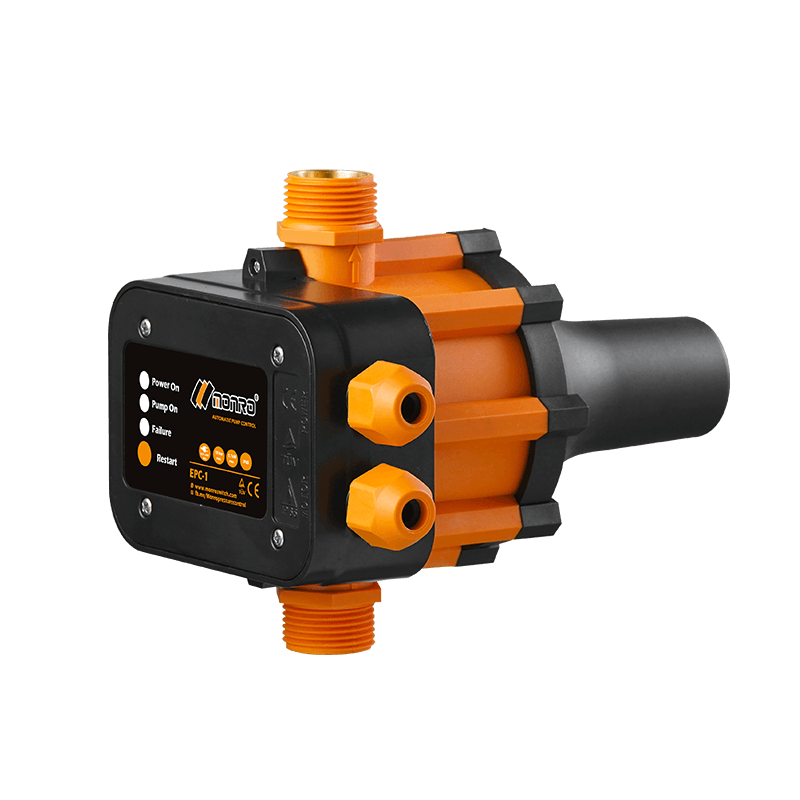 EPC-1
EPC-1Monro EPC-1 model pump controller is the classic and basic type, was loved by user in the global mar...
-
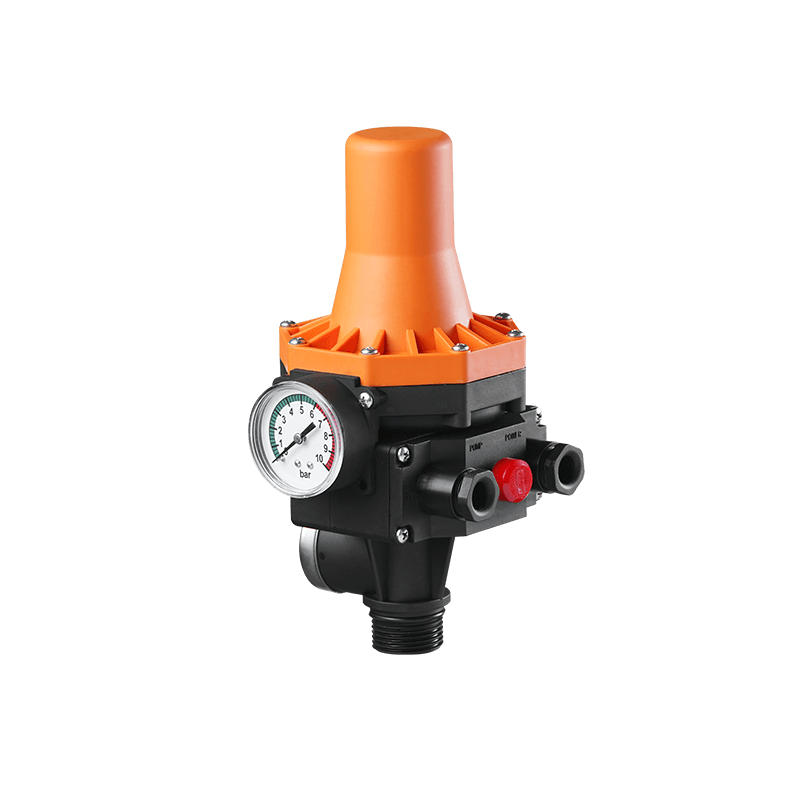 EPC-3
EPC-3Monro EPC-3 spain design auto on and off press control, an intelligent and economical system designe...
-
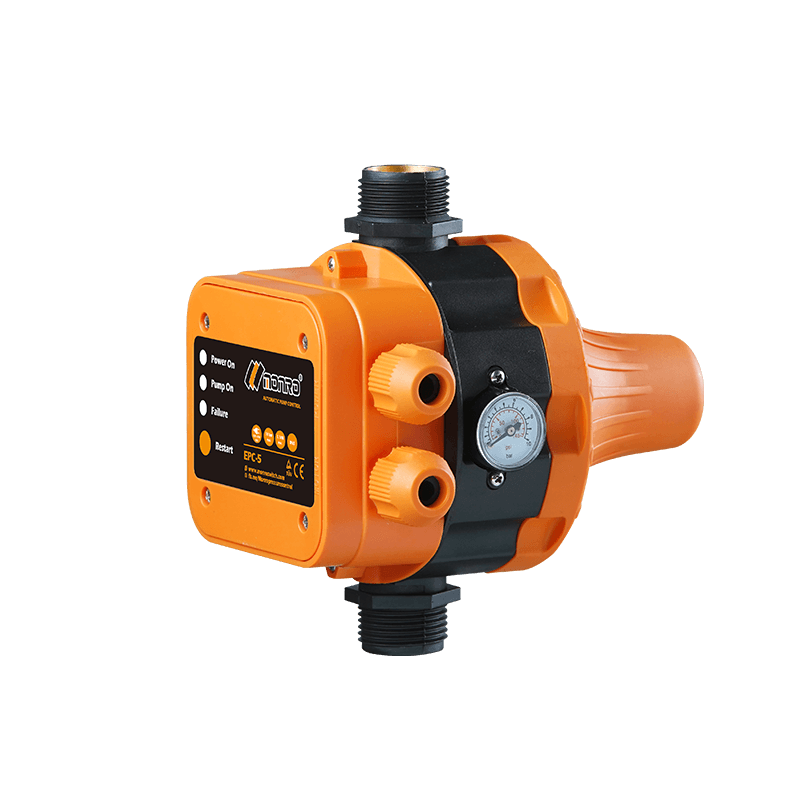 EPC-5
EPC-5Monro EPC-5 model automatic pump control, a device which assembled on the water pump (recommended si...
-
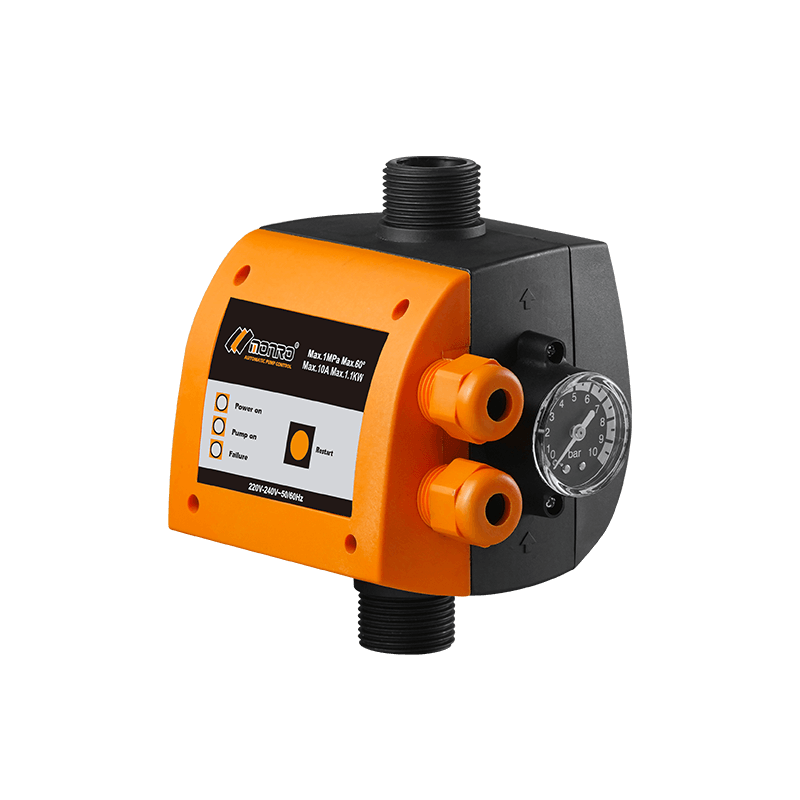 EPC-9
EPC-9Monro EPC-9 model pressure controller, is a big power device for automatic control and protection of...
-
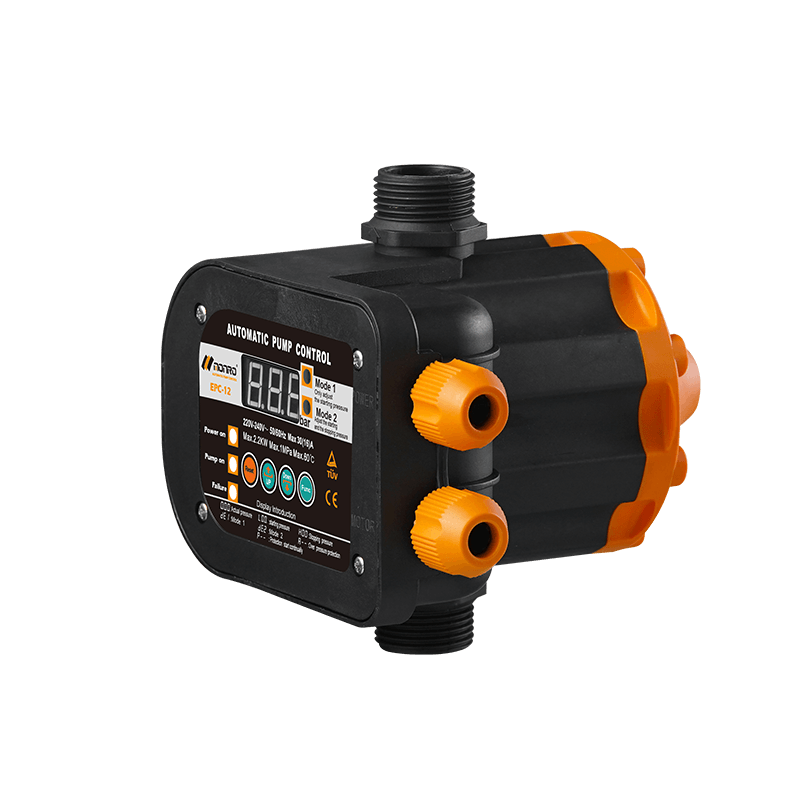 EPC-12
EPC-12Monro EPC-12 smart top-level automatic pump control is a multi-function model combined with traditio...
-
 EPC-14
EPC-14Monro EPC-14 model pressure control is a big power device for automatic control and protection of el...
-
 EPC-15
EPC-15Monro EPC-15 model automatic pump control, a device which assembled on the water pump (recommended s...
-
 EPC-16
EPC-16EPC-16 is the new patent pump controller by Monro. Its key highlight is tooless (manual knob) start...
find our office
Committed to providing professional pressure control solutions for various types of water pumps and air compressors.

 简体中文
简体中文 English
English Español
Español


